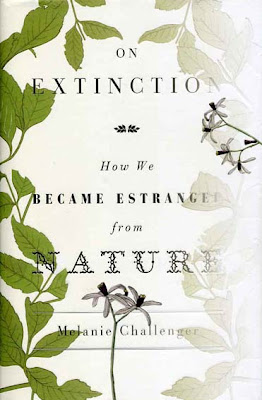The long, narrow gorge spanned by Egglestone's Abbey Bridge bridge provides one the most picturesque viewing points on the River Tees in autumn
This is the view from the bridge looking upstream - Egglestone Abbey is just above the trees in the middle distance (double-click) and is ...
...... visible from the bridge now that the leaves are falling.
The view downstream - there are footpaths on both sides of the river and you can follow it down to its confluence with the River Greta, at the Meeting of the Waters.
The river squeezes through narrow gaps and tumbles over boulders ...
.... and you can hear it through the trees all the way along the path, even when it isn't in spate.
The high humidity in the gorge makes this a fine habitat for mosses and ferns like this polypody growing as an epiphyte on a tree branch over the river.
Yellowing horse chestnut leaves provide a sunbathing spot for flies whose days are numbered, now that frosts are on their way.
Nectar-rich ivy flowers provide a last-minute refuelling station for drone flies.
Shades of yellow - hazel, oak and beech autumn colours.
Some of the large beeches have been attacked by honey fungus - always fatal, but it can take decades to kill the tree.
A nuthatch, dangling down to pick beech nuts out of beech mast - it seems to be a 'mast year', with a very heavy crop.
Ripe holly berries are a reminder that there are only 50 shopping days until Christmas.
Downstream there are some wild cherries with a fiery display of autumn colours..
... and a fine crop of ripe yew berries.
A passing shower leaves a rainbow, which is wasted on those two sheep that are watching - they only have dichromatic vision and can't distinguish red from green.
Looking back upstream - on what Kenneth Grahame in the Wind in the Willows called a 'golden afternoon'...























































